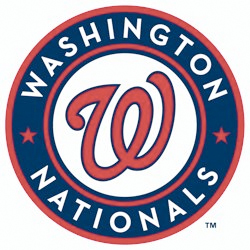 The package of taxes and payments backing the construction of Nationals Park is running some $21 million annually over projections, as gameday receipts and other new revenues are generating surpluses surpassing what’s needed to pay down bonds.
The package of taxes and payments backing the construction of Nationals Park is running some $21 million annually over projections, as gameday receipts and other new revenues are generating surpluses surpassing what’s needed to pay down bonds.
Those of us who remember the Washington ballpark-funding debates remember the rhetoric from Nationals Park opponents who predicted financial doom and gloom for the District of Columbia. There was no way the funding plan, which relies heavily on gameday receipts and new ballpark-generated revenues, could cover ballpark debt. It was inevitable, they said, that the District would need to swoop in and bail out the ballpark.
But that never happened. Indeed, the revenues from the new sources have consistently outpaced predictions, and more than once were those overages to tap other financial gaps in the District of Columbia. From the Washington Times:
“We could easily pay it off after 20 years instead of 30 years, and maybe even faster than that,” said longtime D.C. council member Jack Evans, Ward 2 Democrat, the chairman of the council’s Committee on Finance and Revenue and the one who led the fight on the city council for funding for the ballpark that would help bring the Montreal Expos to Washington in 2004….
“The latest figures I am looking at from the CFO says, ‘I am pleased to certify that the latest cash collected from the ballpark fees are about $35 million annually — $21 million more than the amount needed,’” Evans said. “I’m guessing that the debt service on the outstanding debt is $14 million a year, and we collected $35 million — about $21 million more than what we need.”
The ballpark, which opened in 2008, was financed through three revenue streams that didn’t exist before it was built. One was a utility tax that fell on the federal government and some commercial businesses. There was no residential tax involved. The second was the ballpark fee — businesses paying different amounts based upon gross receipts. The third was the ballpark itself — the rent and the sales taxes collected on the ballpark. Those three streams were going to service the debt.
Instead of acting as a drain on District financials, the new ballpark is generating additional revenue and doesn’t impact taxes for the majority of D.C. residents. Not a bad situation.
